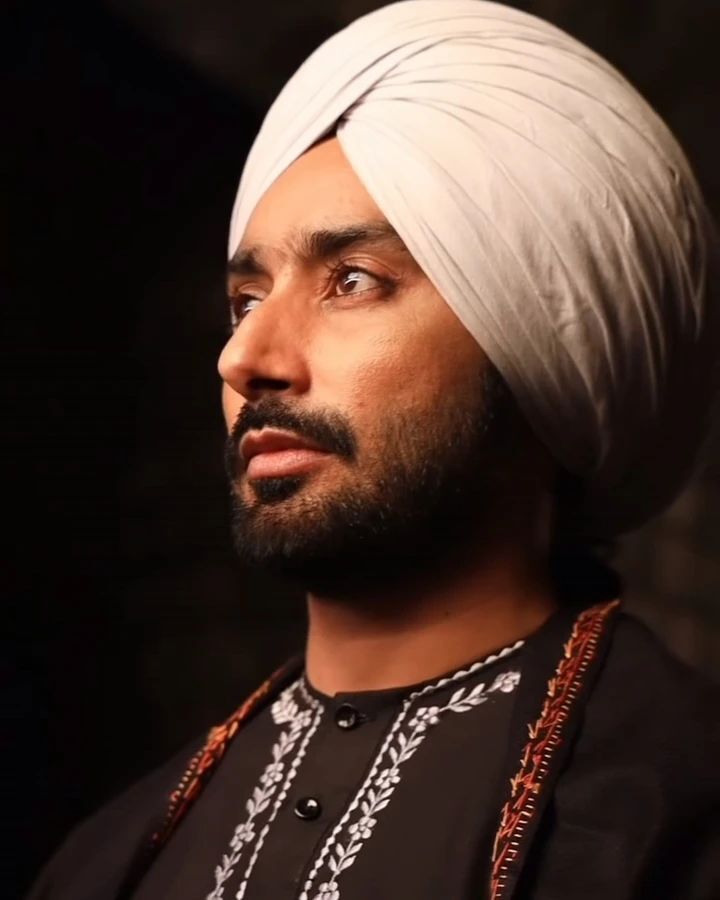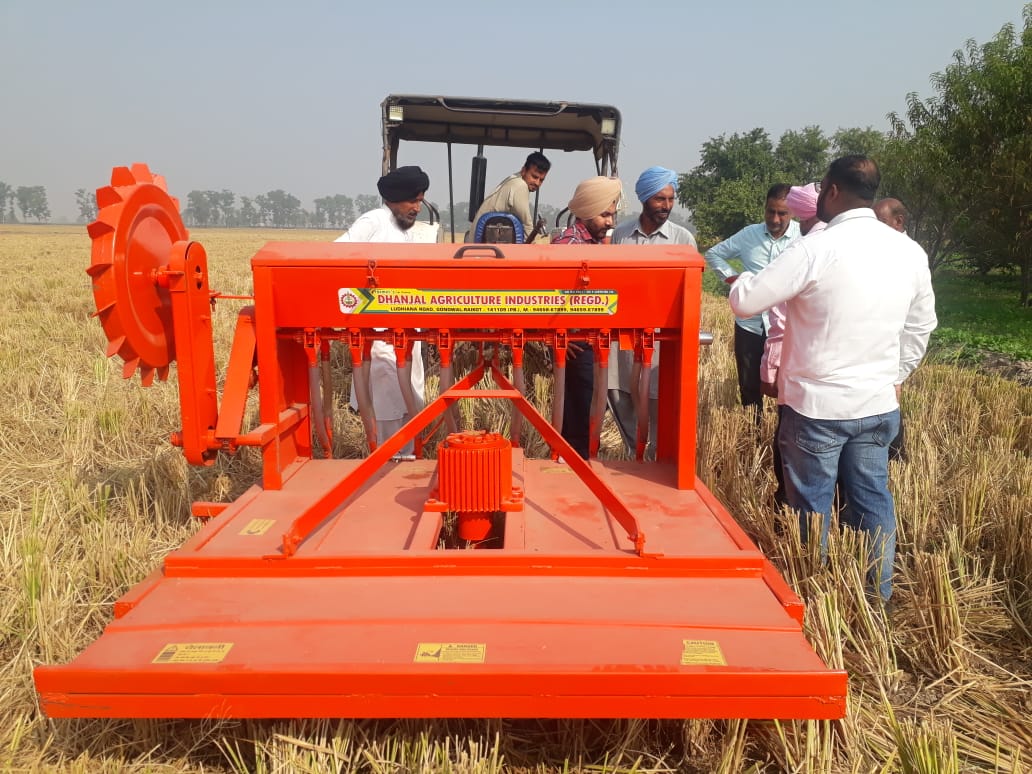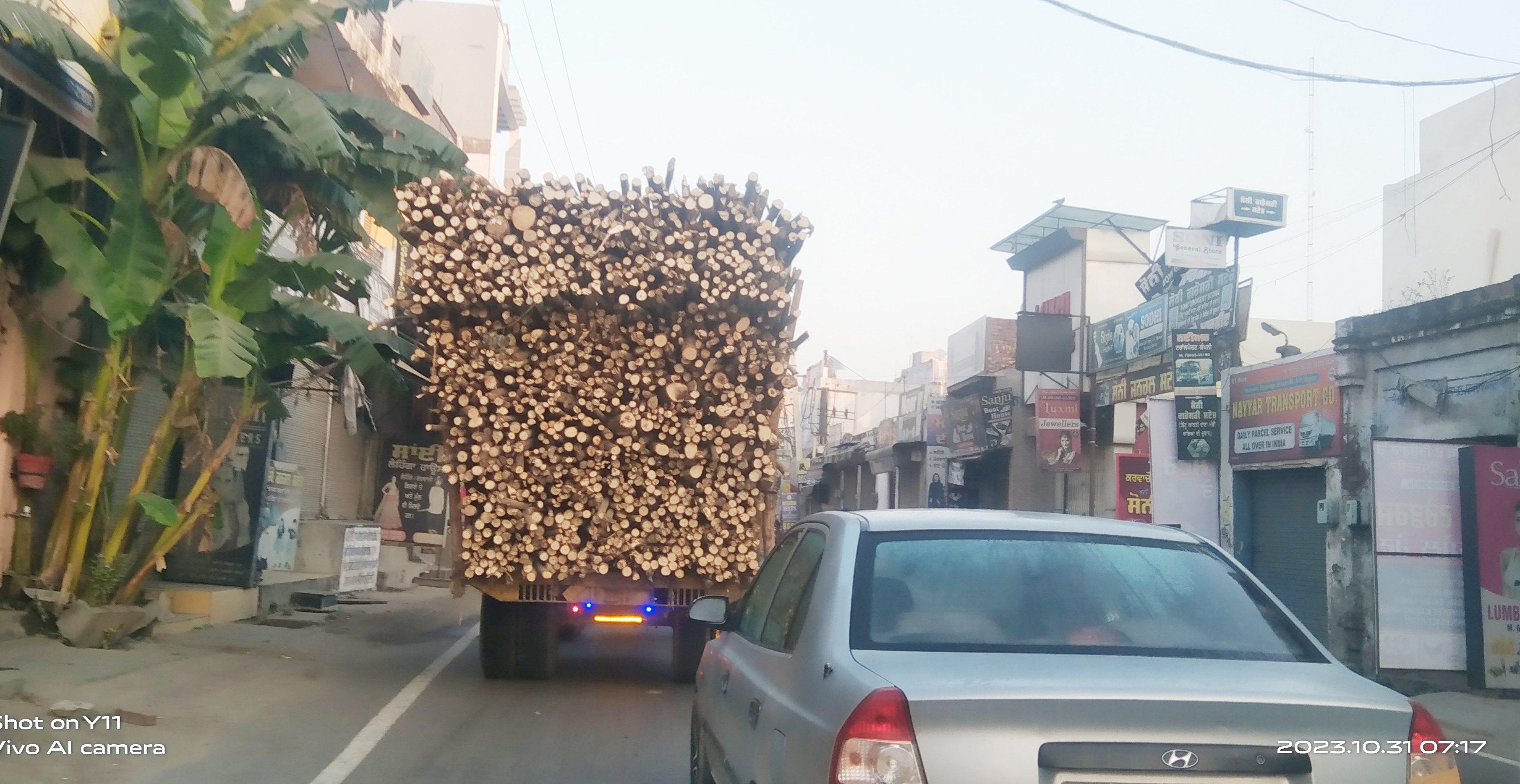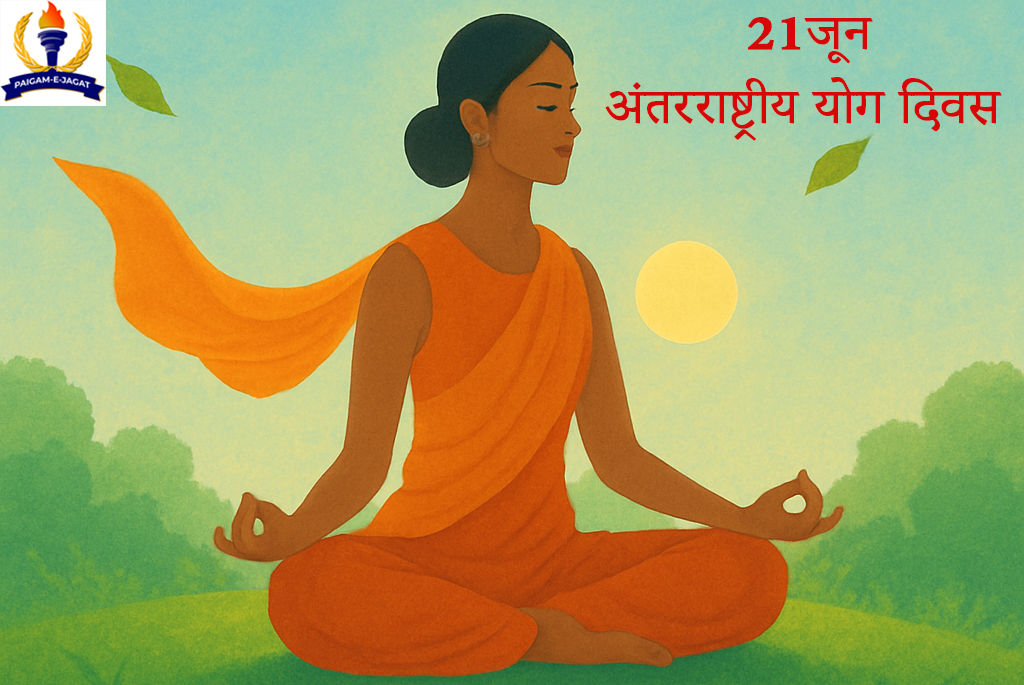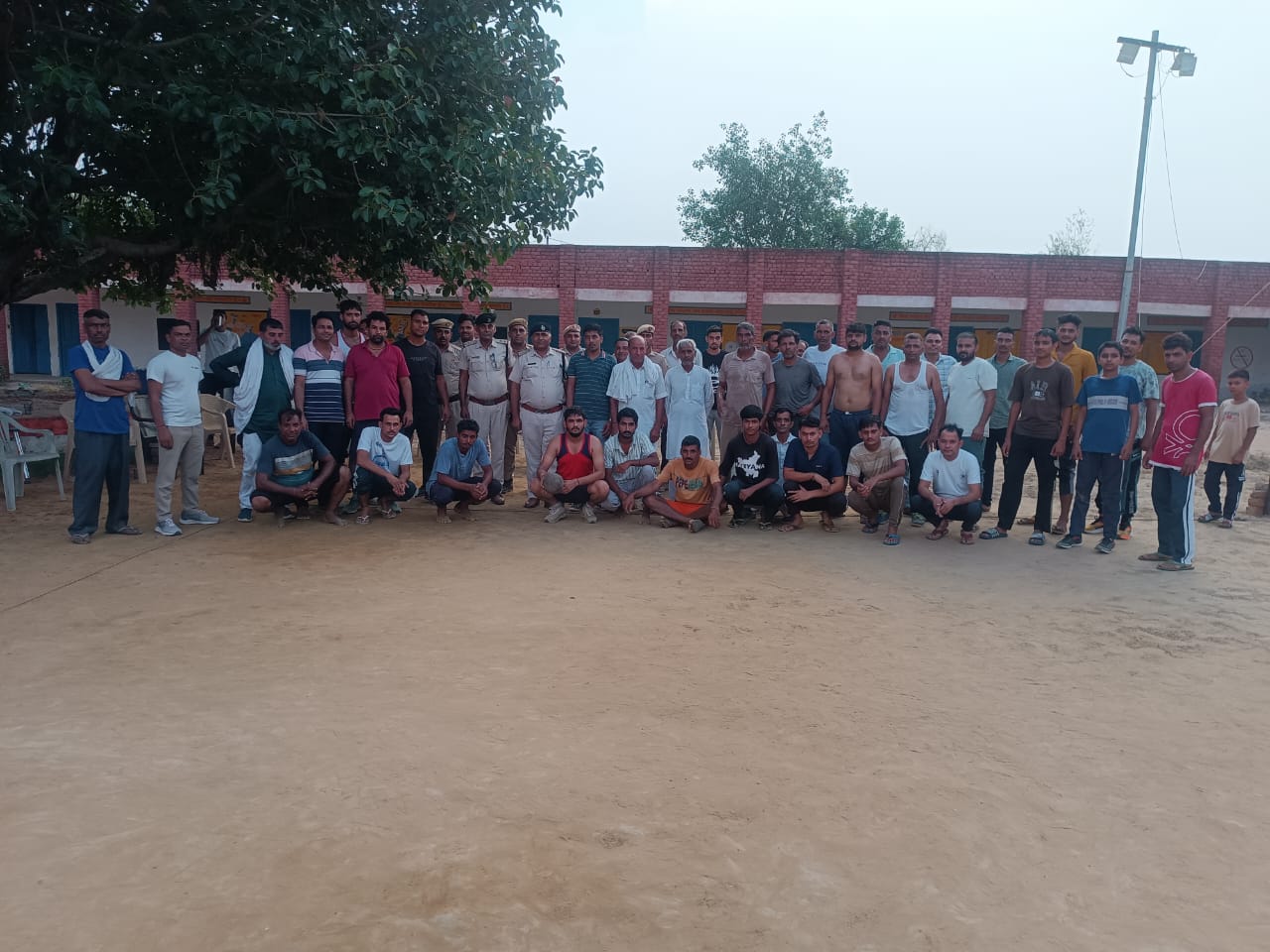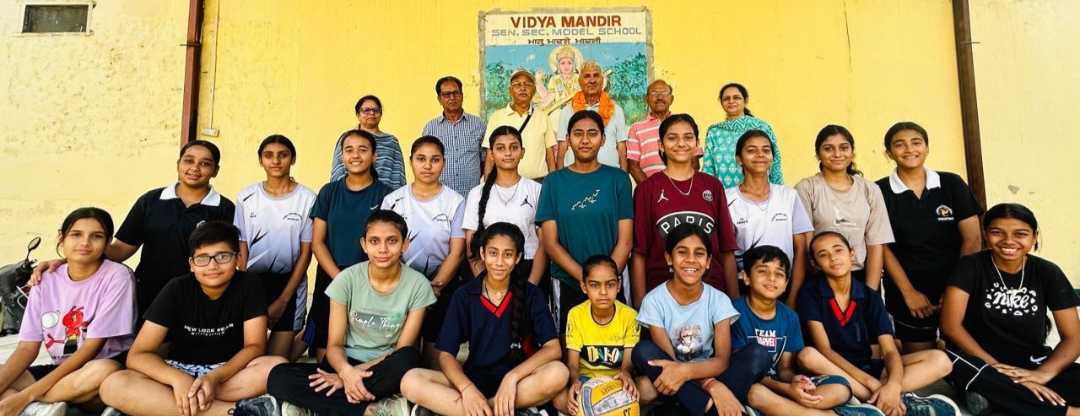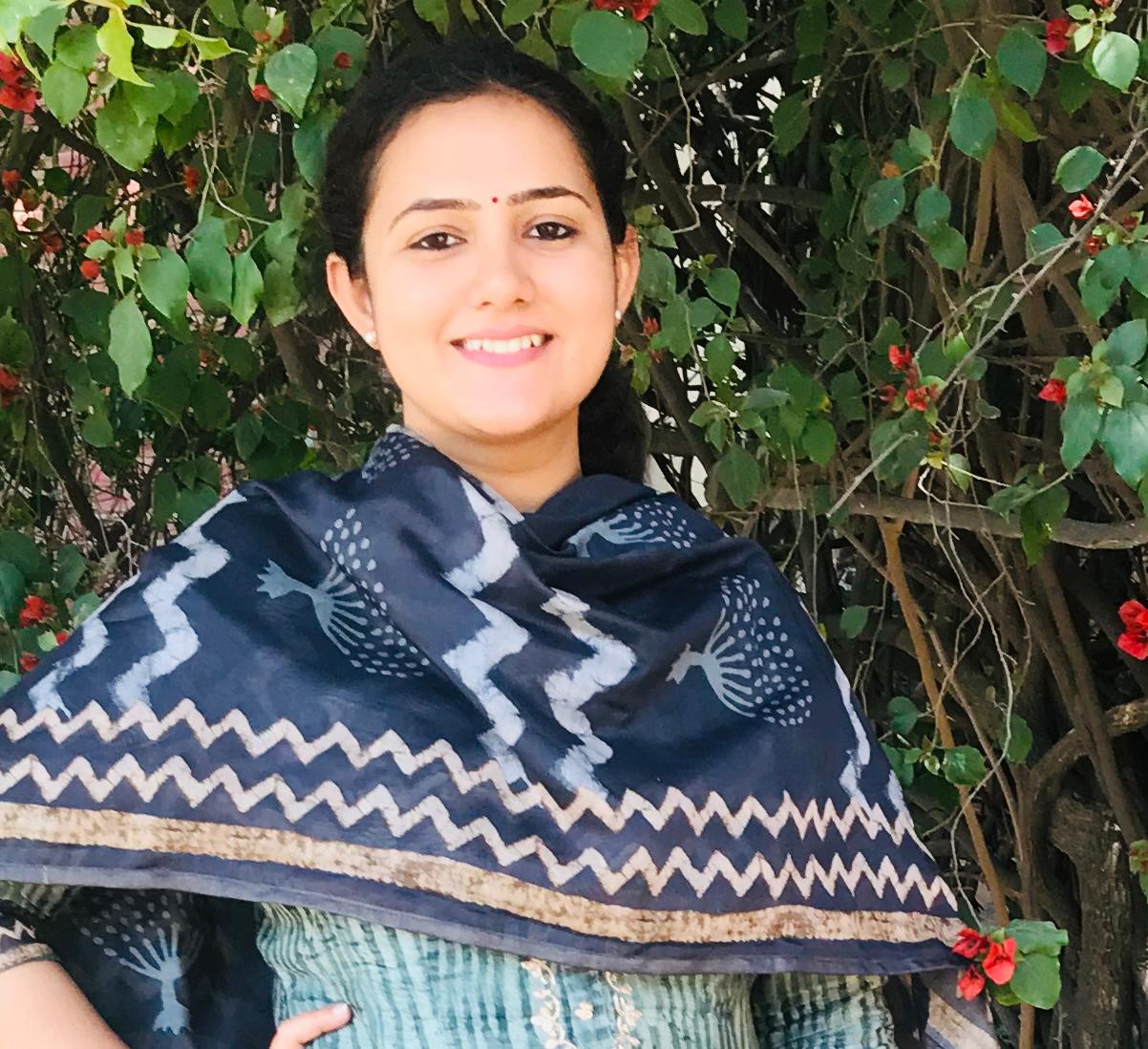
First Aid Can Save Lives During Wars and Disasters- Dr. Charu Gautam
Patiala- A retired army doctor, who served tirelessly day and night in hospitals during the wars of 1962, 1965, and 1971 to save injured soldiers and civilians from death, and who also worked in war-torn or disaster-stricken countries as part of United Nations peacekeeping teams to rescue the wounded, has written that during wars and disasters, proper first aid administered on the spot, tetanus shots, and home nursing for those injured at home play a far greater role in saving victims than the efforts of medical doctors and nurses alone.
Patiala- A retired army doctor, who served tirelessly day and night in hospitals during the wars of 1962, 1965, and 1971 to save injured soldiers and civilians from death, and who also worked in war-torn or disaster-stricken countries as part of United Nations peacekeeping teams to rescue the wounded, has written that during wars and disasters, proper first aid administered on the spot, tetanus shots, and home nursing for those injured at home play a far greater role in saving victims than the efforts of medical doctors and nurses alone.
Dr. Gautam explained that during attacks and incidents, timely first aid, CPR, recovery position, improvised ventilator-assisted breathing, bandaging, using splints to immobilize fractured limbs, and proper wound dressing are highly effective in saving lives. Most deaths at accident sites occur when a victim’s breathing stops, their heartbeat ceases, or they lose excessive blood.
When breathing halts, the heart stops receiving oxygen, leading to cardiac arrest in an unconscious, struggling person, meaning the heart ceases to function. If the brain is deprived of oxygen and glucose for 30–40 seconds, it begins to die. Excessive loss of blood, plasma, or water also leads to death.
Breathing can also stop due to choking on objects, blood, vomit, mucus, the tongue, or teeth lodged in the throat. Exposure to toxic gases, smoke, water, or being trapped in debris can cause death within minutes at the scene. Meanwhile, it often takes 30–40 minutes or more to reach a hospital. During wars and catastrophic disasters, hospitals may not even have available space.
Dr. Gautam emphasized that every country trains its army, paramilitary personnel, and soldiers twice a year in first aid, CPR, home nursing, rescuing and transporting victims, and conducting mock drills to prepare them as lifesaving angels during emergencies. This training reduces deaths among soldiers during wars, but civilian deaths remain high.
During major disasters, the army and NDRF (National Disaster Response Force) personnel are deployed specifically for rescuing, transporting, and providing first aid, CPR, recovery positioning, and improvised ventilator-assisted breathing to victims, as these skills are critical.
However, civilians, students, teachers, NSS volunteers, NCC cadets, police, and factory workers are not consistently trained by governments or institutions in first aid, CPR, and home nursing to prepare them for saving lives during future wars or disasters, despite the humanitarian need. During crises, trained volunteers become a lifeline for the army and administration.
By providing first aid, CPR, recovery positioning, ventilator support, stopping external bleeding (while avoiding interference with internal bleeding), and immobilizing fractured limbs with bandages and splints, up to 80% of sudden deaths can be prevented.
Particularly, children, youth, and younger parents can be saved during emergencies through proper first aid administered on the spot, making training and practice essential. During World War I and II, 80% of deaths caused by gas, smoke, heat, and suffocation were among civilians.
The atomic bombs dropped on Hiroshima and Nagasaki in 1945 caused over 300,000 deaths due to toxic gases, smoke, extreme heat, deafening noise, and earthquakes, as well as heart attacks and entrapment in collapsed buildings. These deaths occurred because civilians lacked training and practice in self-rescue and aiding victims.
The army doctor noted that during World War I and II, millions of International Red Cross Society volunteers saved countless soldiers and civilians under the Red Cross flag and emblem.
According to the Geneva Conventions, buildings, vehicles, and volunteers bearing the Red Cross flag or emblem are protected from attacks by armies or terrorists, as they are recognized for providing selfless, impartial humanitarian aid to victims regardless of caste, religion, race, or nationality.
This is why the International Red Cross Society has received the Nobel Peace Prize, the world’s highest honor, four times. During wars and disasters, hospitals, dispensaries, transportation, and roads are not readily available, and long queues of injured people form.
In such situations, victims are sheltered in homes, tents, educational institutions, and community centers, where first aid, home nursing, and care are provided by trained youth and family members. For example, during wars, Florence Nightingale and other nurses provided first aid and nursing services to injured soldiers in tents.
Currently, the threat of a third world war is increasing, with bombs and missiles falling on numerous countries daily, injuring people. Treating hundreds of wounded individuals at hospitals or on-site is becoming impossible. In such times, volunteers trained in rescuing, transporting, and providing first aid and home nursing are urgently needed.
Chemical, nuclear, or atomic bombs could reduce thousands of buildings to rubble, potentially causing millions or even crores of sudden deaths. In many countries, students are trained continuously at the school level to prepare them to save lives and property during crises, wars, pandemics, and disasters.
To face future challenges, we must start training students, teachers, employees, and civilians now in first aid, CPR, home nursing, fire safety, and the use of oxygen cylinders through consistent practice. A person’s death is merely news for society but an eternal pain and a ruined future for their family.

